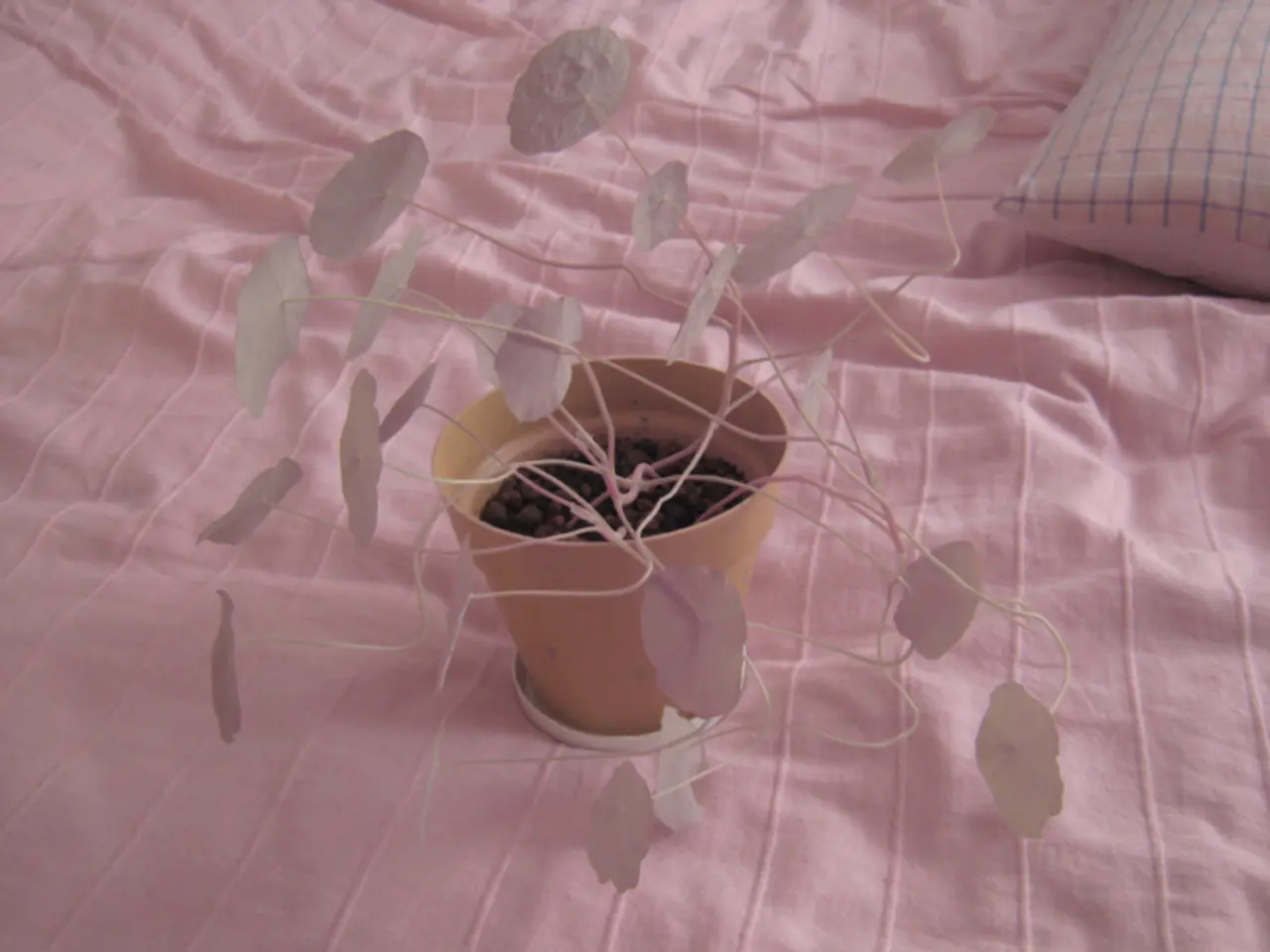Scientific Exploration Event for Young Princesses: PEA Investigation
In a fun twist on the classic fairy tale, "The Princess and the Pea," children are invited to participate in a STEM challenge that involves cushioning a marble to prevent it from rolling off or breaking. The goal is to create a mattress that effectively absorbs and distributes pressure, inspired by the story's theme of layers of mattresses detecting a tiny pea under them.
The challenge begins by building a bed frame, either homemade or a small doll bed, and then testing different mattress materials. Good materials to try for cushioning a marble include foam pads or memory foam, cotton balls or batting, pillows or small cushions, bubble wrap, textured fabrics or cloth layers, and sponges or felt pieces. Each of these materials offers unique properties that can contribute to a comfortable and protective mattress.
To simulate a mattress that cushions well enough to protect the marble, users can stack these materials in layers, varying softness and thickness. The effectiveness of each mattress can be tested by placing the marble on top and seeing if it stays cushioned without rolling off or cracking.
This activity encourages exploration of material properties such as softness, density, and shock absorption, useful principles in engineering cushions or mattresses. Preschoolers and kids experimenting with pillows and textured materials have successfully brought the story to life through such constructions.
Users are also encouraged to identify and compare the suitability of various everyday materials, and an extension task is to investigate the thinnest mattress that can be made without feeling the marble. A printable "planning and testing booklet" might be helpful for this activity.
To test the mattress, users should press down to see if they can feel the marble. If constructing a bed frame is not preferred, mattress materials can be tested on a flat surface. The activity is suitable for Key Stage 1 Science, focusing on Everyday Materials.
The "Princess and the Pea STEM activity" is designed for kids of all ages, and can be completed individually or in a team. It is also suitable for World Book Day. An additional extension task is to find out if the object in the bed affects the thickness of the mattress needed. This can be done by trying different objects like a coin or a dice.
The challenge is to construct a mattress that effectively cushions a marble without the user being able to feel it, much like the princess in the story who couldn't sleep due to feeling a pea through multiple layers of mattresses. A 9-year-old successfully completed this challenge using materials from TTS, including wooden dowels, square lengths of wood, triangles, and a glue gun.
Last updated on June 6, 2025, by Emma Vanstone.
- To create a mattress that resembles the one in the story, kids can use various materials such as foam pads, cotton balls, pillows, bubble wrap, textured fabrics, sponges, and felt pieces.
- They will be testing these materials to see which ones effectively absorb and distribute pressure, thus creating a comfortable and protective mattress for the marble.
- By stacking these materials in layers and testing their effectiveness, children are learning about material properties like softness, density, and shock absorption, concepts often encountered in engineering and lifestyle.
- The finished mattresses can be tested for their ability to cushion the marble without allowing it to roll off or crack, making this activity suitable for home-and-garden, education-and-self-development, and stem-education.




